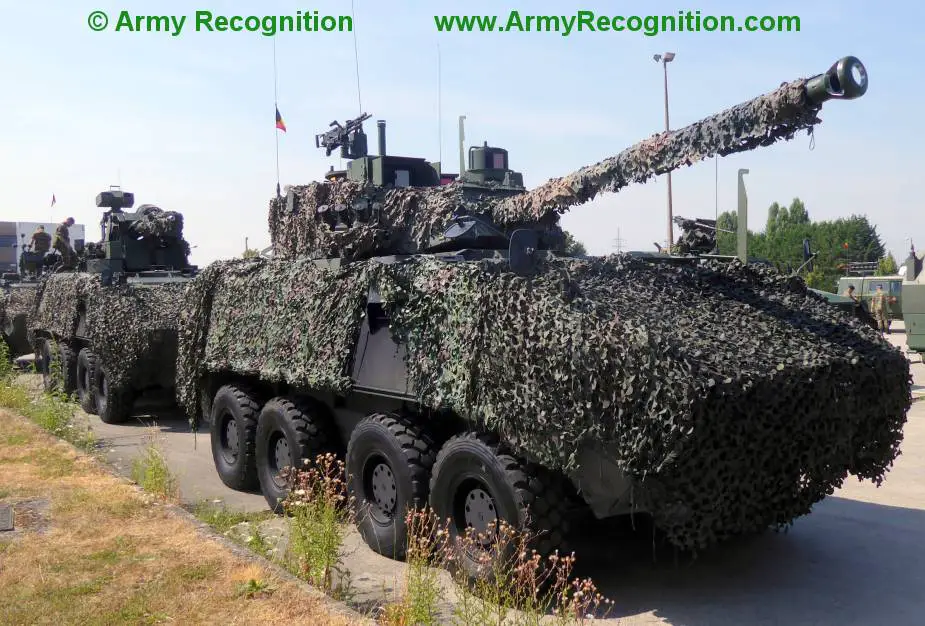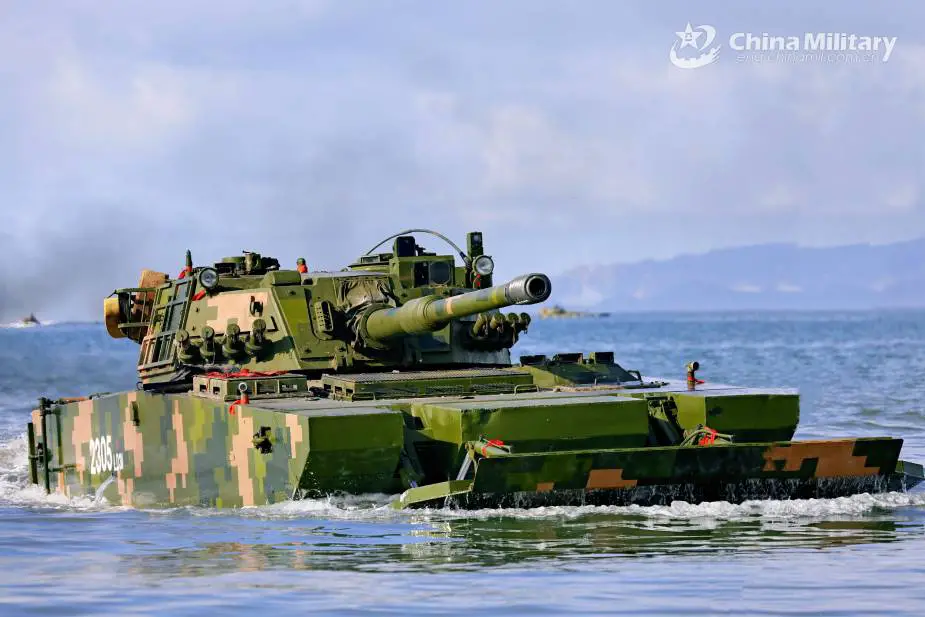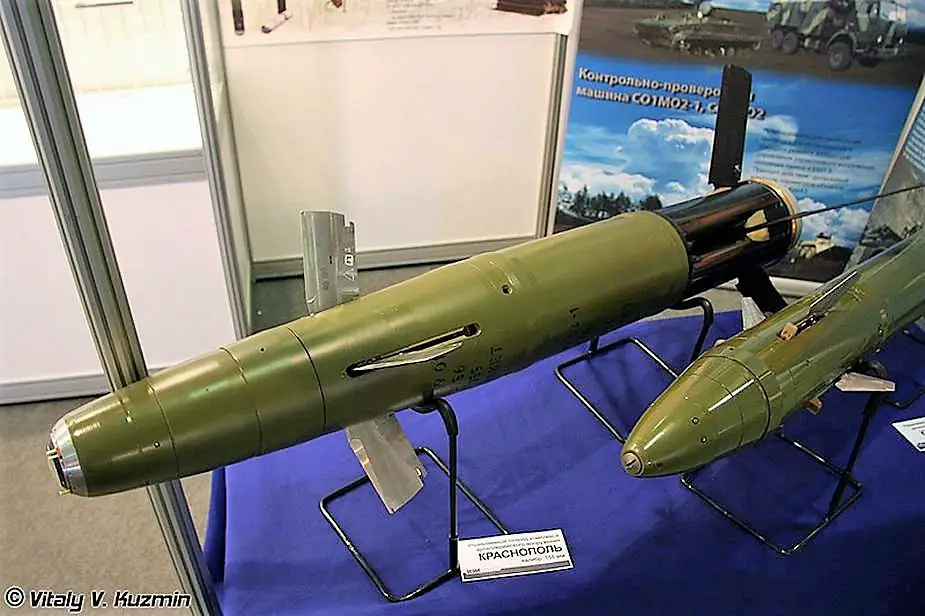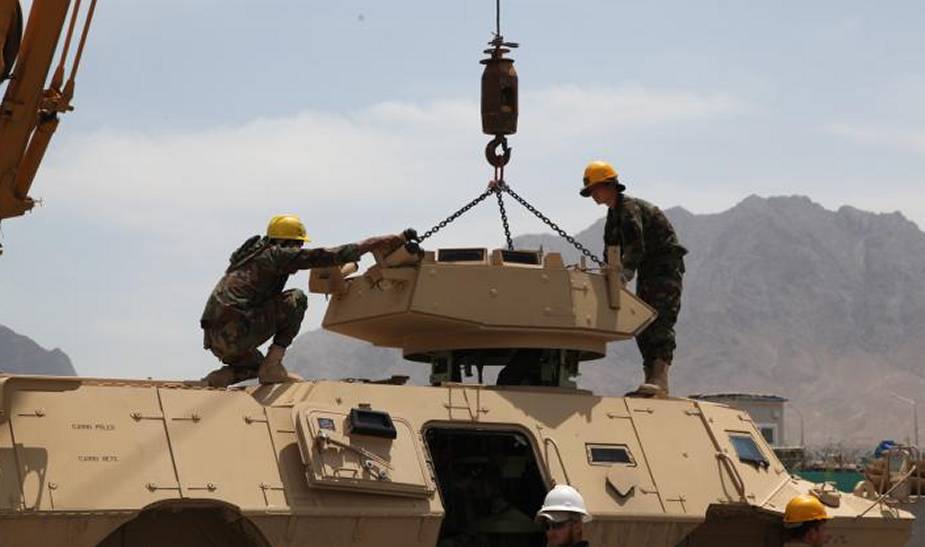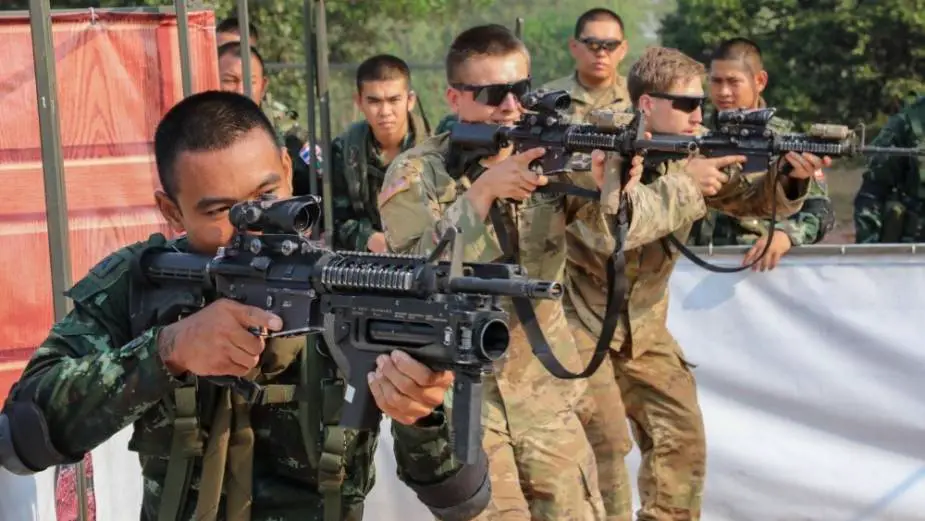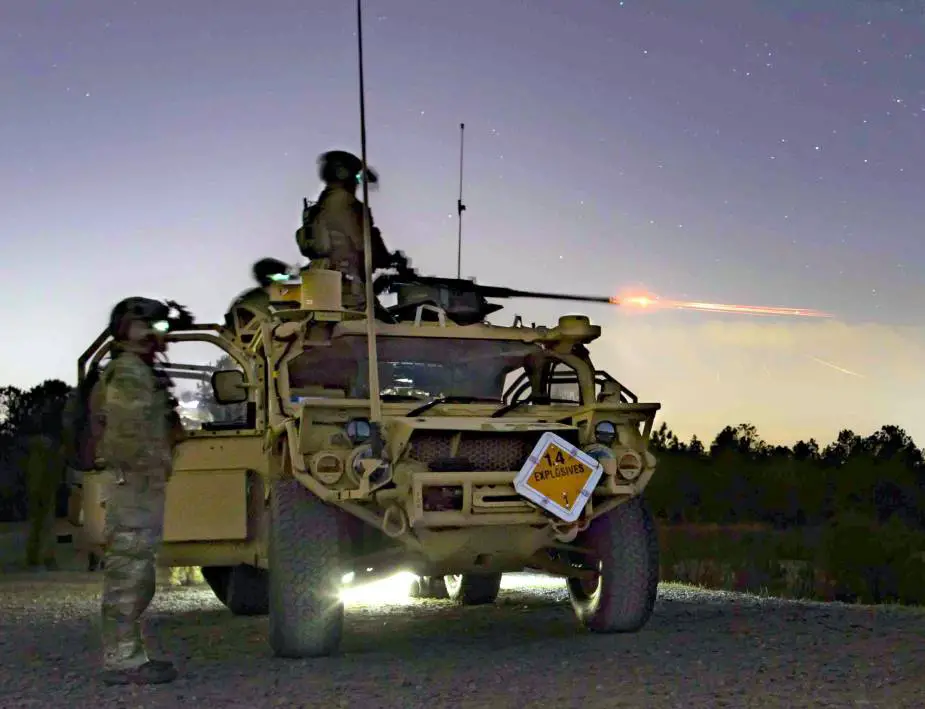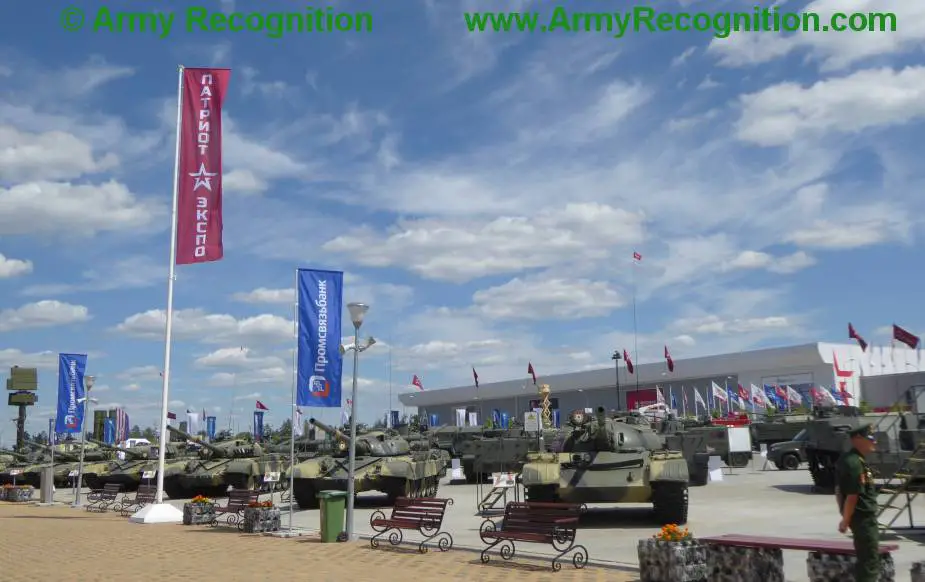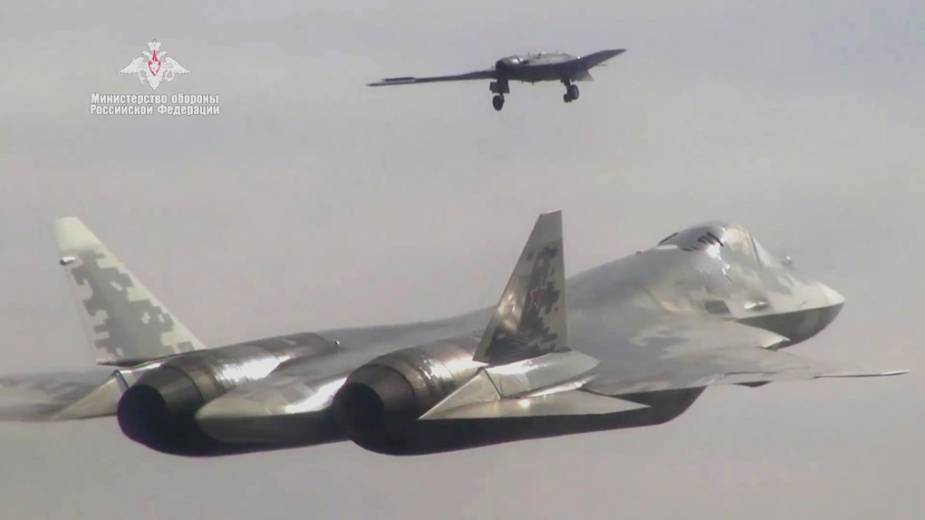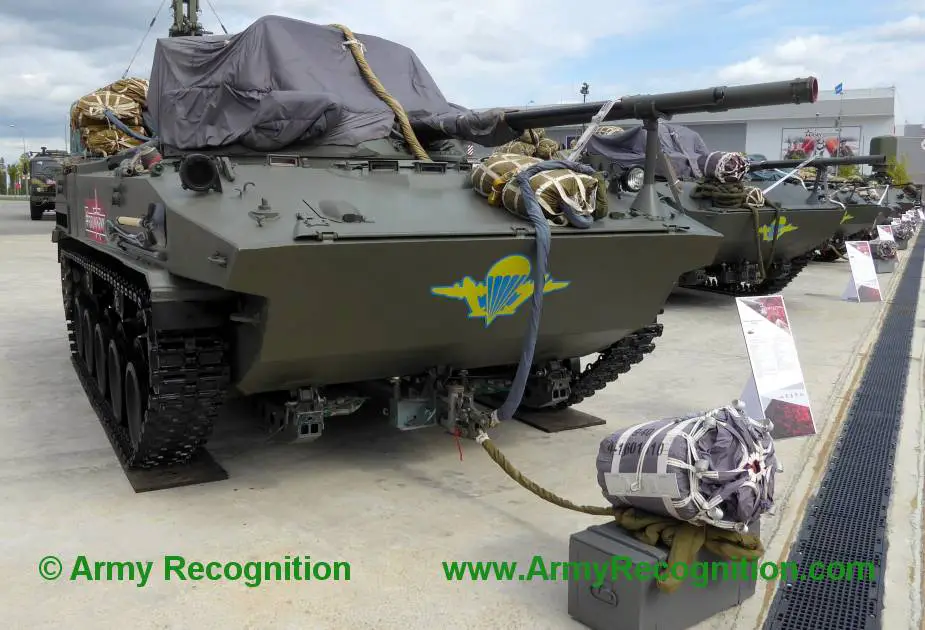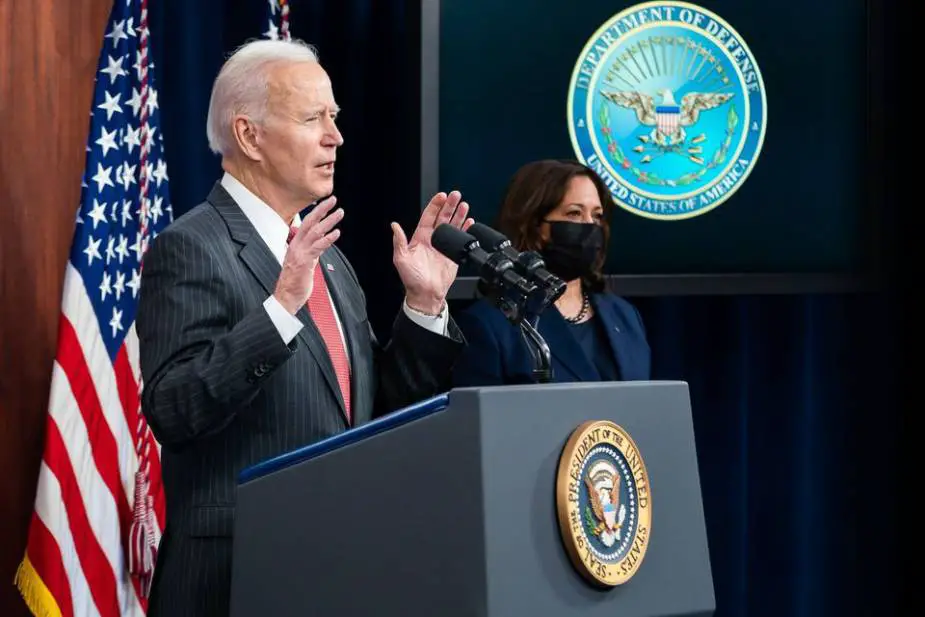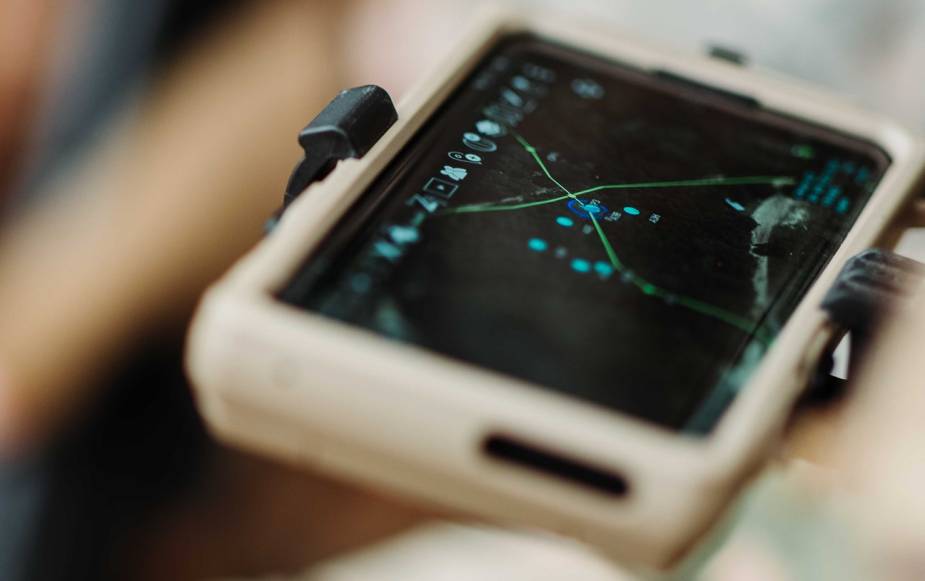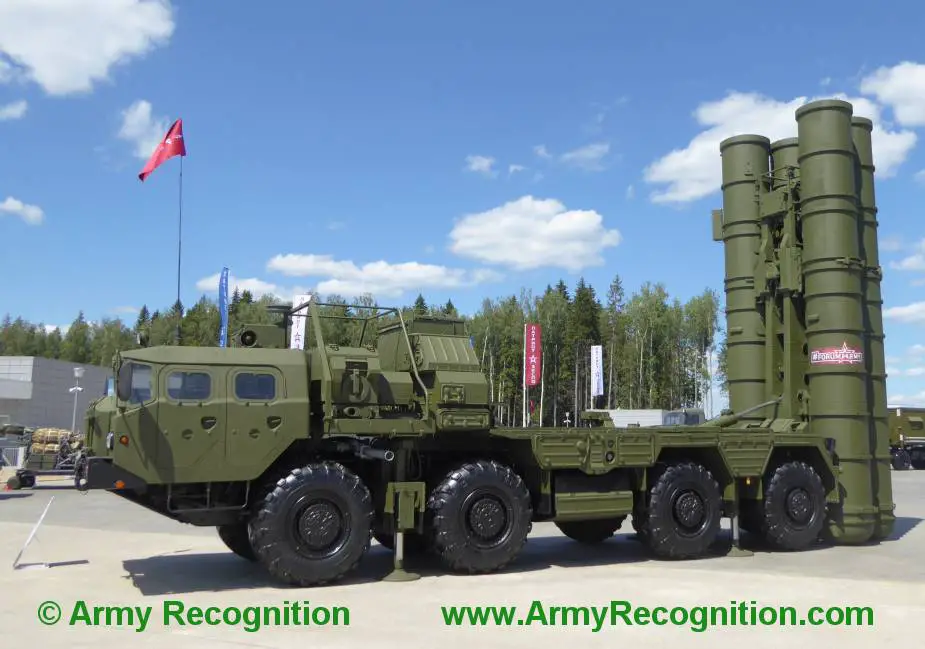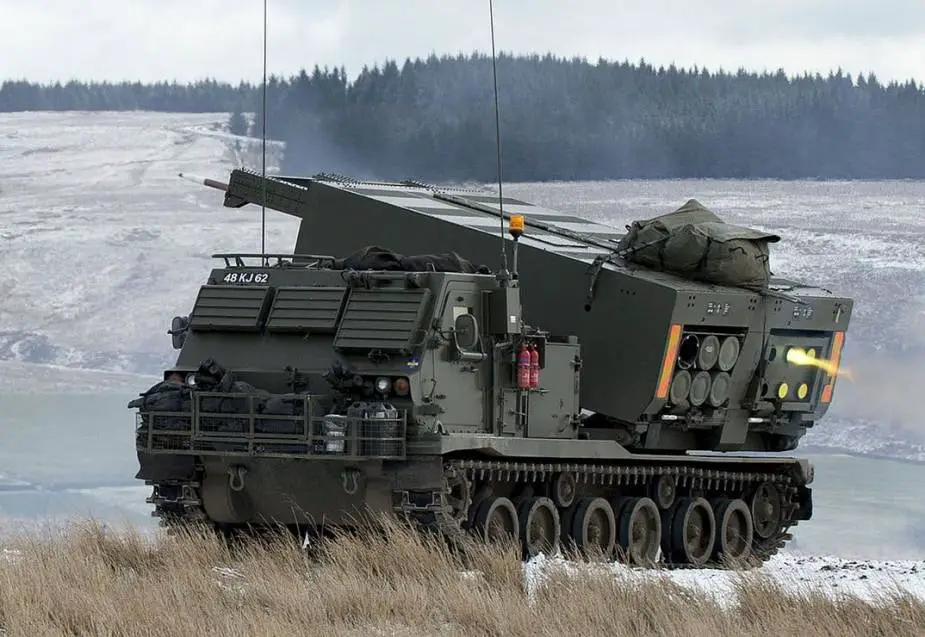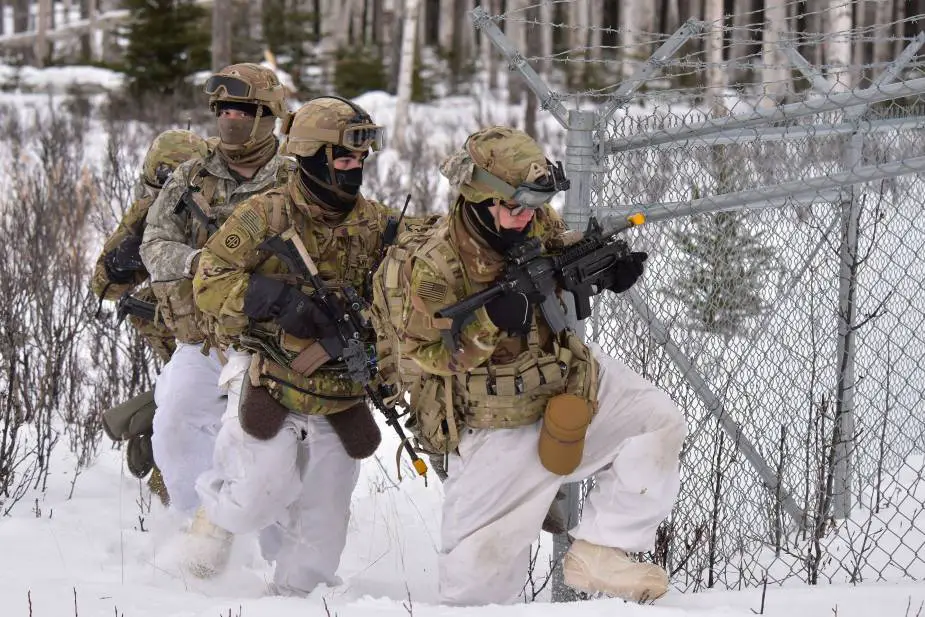- Posted On
Since the publication of the “Vision 2030” in 2016, on the basis of analyzes carried out in 2014 and 2015, international tensions have increased and the pace of strategic changes has accelerated. In December 2020, the Belgian Minister of Defense, Ludivine Dedonder, mandated Colonel Eric Kalajzic (IRSD) and Tanguy Struye de Swielande (UCLouvain) to formulate recommendations in order to update the strategic vision of 2016. They selected ten academics, respecting the linguistic, gender and academic balance.






